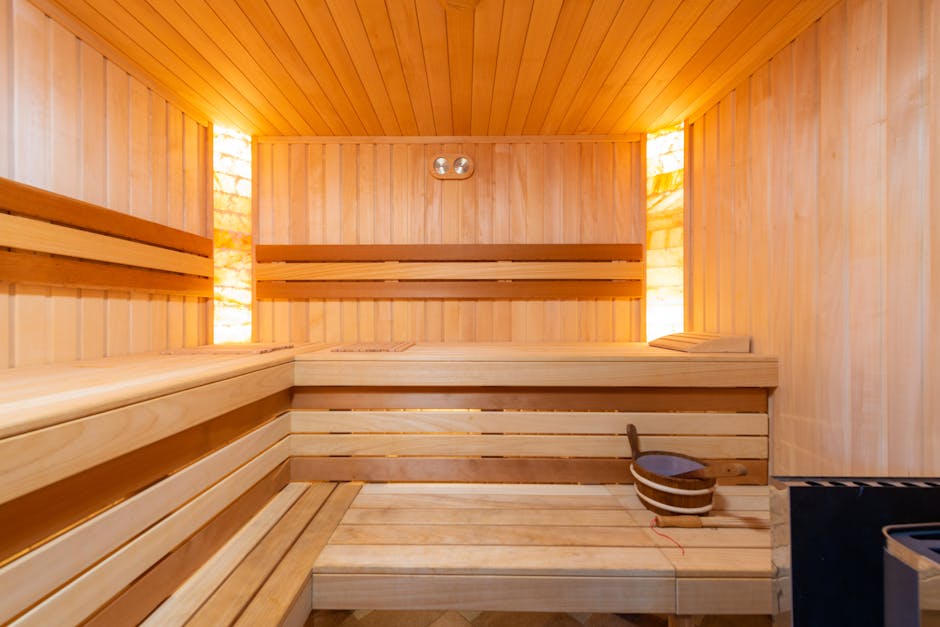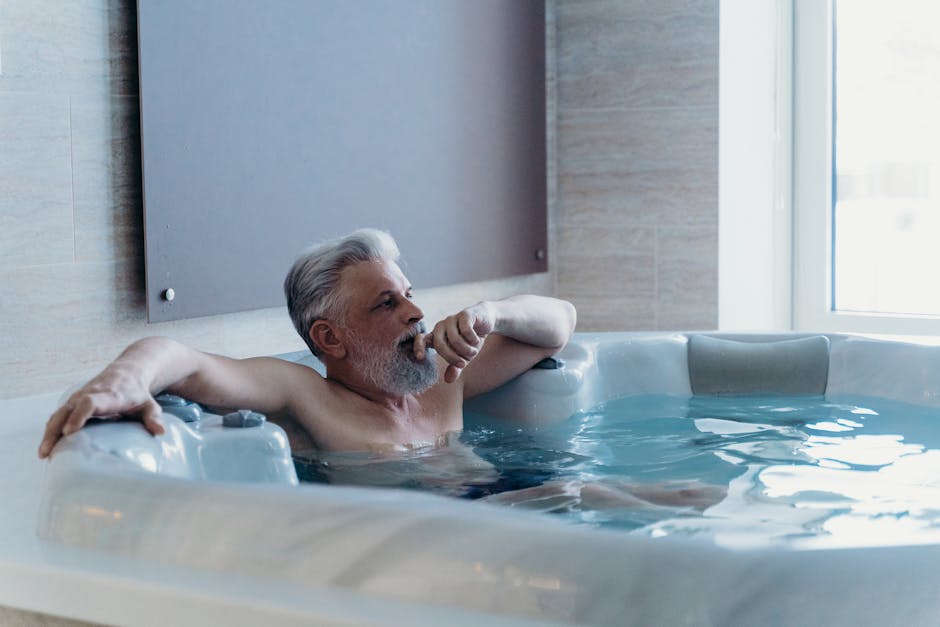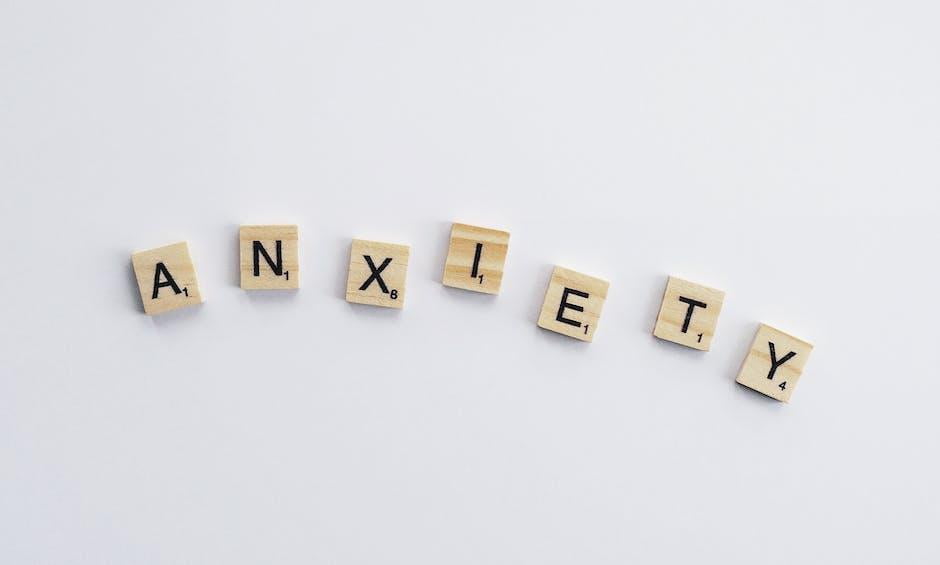How Does Progressive Muscle Relaxation Relieve Stress?
Feeling stressed out? Progressive Muscle Relaxation (PMR) might just be the secret weapon you didn’t know you needed. This simple yet powerful technique helps you release tension from your body and calm your mind, making it a fantastic tool for stress relief.
If you’ve ever felt like your body is carrying the weight of the world, or your mind is racing like a hamster on a wheel, keep reading. PMR could be the key to unlocking a calmer, more relaxed version of yourself.
Key Takeaways
- Progressive Muscle Relaxation (PMR) is a stress-relief technique involving the tensing and relaxing of muscle groups.
- It connects physical relaxation with mental calmness, reducing overall tension.
- PMR offers benefits like better sleep, reduced pain, and lower blood pressure.
- Scientific studies back its effectiveness in managing stress and improving well-being.
- It’s easy to learn and can be incorporated into daily routines for long-term benefits.
Introduction to Progressive Muscle Relaxation (PMR)
Definition of PMR
So, what exactly is PMR? It’s a relaxation technique where you systematically tense and then relax different muscle groups in your body.
The idea is to become more aware of physical tension and learn how to let it go. Think of it as giving your muscles a mini workout, followed by a well-deserved break.
Overview of Its Purpose in Stress Relief
Stress often shows up in our bodies as tight shoulders, clenched jaws, or even headaches. PMR helps you notice these tension hotspots and actively release them.
By doing so, it creates a ripple effect—relaxing your body calms your mind, and a calm mind helps you handle stress better.
Historical Background and Development
PMR isn’t some new-age fad. It was developed in the 1920s by Dr. Edmund Jacobson, who believed that physical relaxation could lead to mental relaxation.
His research laid the groundwork for many modern stress-management techniques.

How PMR Works to Relieve Stress
The Process of Tensing and Relaxing Muscle Groups
PMR is all about contrast. You start by tensing a specific muscle group—say, your fists—for a few seconds. Then, you release the tension and focus on the sensation of relaxation.
You repeat this process for different muscle groups, moving from head to toe or vice versa.
Connection Between Physical Relaxation and Mental Calm
Ever noticed how your mind feels clearer after a good stretch? That’s because physical relaxation sends signals to your brain that it’s okay to chill out.
PMR taps into this mind-body connection, helping you shift from “fight or flight” mode to “rest and digest” mode.
The Role of Systematic Relaxation in Reducing Overall Tension
By systematically working through each muscle group, PMR ensures no part of your body is left out.
It’s like giving yourself a full-body reset, leaving you feeling lighter, calmer, and more in control.

Benefits of PMR for Stress Relief
Reduction of Physical Symptoms of Stress
Stress doesn’t just mess with your mind—it takes a toll on your body too. PMR can help ease some of these physical symptoms.
Alleviation of Neck and Back Pain
Tension often settles in your neck and back, leading to discomfort or even chronic pain. PMR helps release this tension, offering much-needed relief.
Decrease in Tension Headaches and Migraines
If you’re prone to headaches, PMR might become your new best friend. By relaxing the muscles in your head, neck, and shoulders, it can reduce the frequency and intensity of headaches.
Improvement in Sleep Quality
Struggling to fall asleep because your brain won’t stop overthinking? PMR can help you wind down by relaxing your body and quieting your mind.
It’s like hitting the “off” switch on your stress. For more tips on relaxation techniques that improve sleep, check out this guide.
Positive Impact on Blood Pressure and Physiological Stress Markers
Chronic stress can wreak havoc on your blood pressure and overall health. PMR helps lower these stress markers, promoting better heart health and overall well-being.

Scientific Evidence Supporting PMR
Studies on PMR and Stress Reduction
Research shows that PMR is effective in reducing stress and anxiety. A study published by the Cleveland Clinic highlights its ability to lower cortisol levels, the hormone responsible for stress (source).
Research on PMR’s Effects on Sleep and Physical Well-Being
Studies have also found that PMR improves sleep quality and reduces physical symptoms like muscle tension and headaches.
For more on how relaxation techniques can improve your health, explore this article.
Evidence of PMR’s Role in Managing Chronic Stress
Chronic stress can feel like a never-ending cycle, but PMR offers a way out. By consistently practicing it, you can train your body and mind to respond to stress more calmly.

Practical Tips for Practicing PMR
Step-by-Step Guide for Beginners
- Find a quiet, comfortable space where you won’t be disturbed.
- Sit or lie down in a relaxed position.
- Start with your feet. Tense the muscles for 5-10 seconds, then release.
- Move up your body—calves, thighs, abdomen, chest, arms, and so on.
- Focus on the sensation of relaxation after each release.
Common Mistakes to Avoid
- Don’t rush through the process. Take your time with each muscle group.
- Avoid tensing too hard, as this can cause discomfort.
- Don’t skip the relaxation part—it’s just as important as the tensing.
Recommendations for Incorporating PMR into Daily Routines
Make PMR a part of your daily routine, like brushing your teeth or drinking your morning coffee.
You can even pair it with other relaxation techniques, like deep breathing exercises, for maximum stress relief.
PMR as Part of a Holistic Stress Management Plan
Combining PMR with Other Relaxation Techniques
PMR works well alongside other stress-relief methods, such as meditation, yoga, or even sauna sessions.
Mix and match to find what works best for you.
The Importance of Consistency in Practice
Like any skill, PMR gets easier and more effective with practice. The more consistent you are, the better the results.
Long-Term Benefits for Mental and Physical Health
Over time, PMR can help you build resilience against stress, improve your overall health, and even boost your mood.
It’s a small investment of time with big payoffs.

Conclusion
Summary of PMR’s Effectiveness in Stress Relief
Progressive Muscle Relaxation is a simple yet powerful tool for managing stress. By tensing and relaxing your muscles, you can calm your body and mind, reduce physical symptoms of stress, and improve your overall well-being.
Encouragement to Incorporate PMR into Daily Life
Why not give PMR a try? It’s easy to learn, doesn’t require any special equipment, and can be done almost anywhere.
Final Thoughts on Its Role in Promoting Overall Well-Being
In a world that often feels overwhelming, PMR offers a moment of peace. It’s a reminder that sometimes, the best way to tackle stress is to simply let go.
For more tips on managing stress and improving relaxation, check out this article.
By practicing PMR, you’re not just relaxing your muscles—you’re giving yourself the gift of calm. And who couldn’t use a little more of that?
Discover the FAQ: How Does Progressive Muscle Relaxation Relieve Stress?
What is Progressive Muscle Relaxation (PMR)?
Progressive Muscle Relaxation (PMR) is a stress-relief technique that involves tensing and then relaxing different muscle groups in the body. It helps individuals become more aware of physical tension and promotes relaxation by systematically targeting each muscle group.
How does PMR work to relieve stress?
PMR works by interrupting the cycle of stress and tension in the body. By consciously relaxing muscles, it sends signals to the brain to reduce the production of stress hormones, leading to a calmer state of mind and body.
Who can benefit from practicing PMR?
Anyone experiencing stress, anxiety, or physical tension can benefit from PMR. It is particularly helpful for individuals dealing with chronic stress, insomnia, or conditions like generalized anxiety disorder.
How long does a PMR session typically take?
A PMR session usually takes 10 to 20 minutes, depending on how many muscle groups you focus on. Beginners may start with shorter sessions and gradually increase the duration as they become more comfortable with the technique.
Do I need any special equipment or setting to practice PMR?
No special equipment is needed for PMR. All you need is a quiet and comfortable space where you can sit or lie down without distractions. It can be practiced at home, in the office, or even outdoors.
Can PMR be combined with other relaxation techniques?
Yes, PMR can be combined with other relaxation techniques like deep breathing, mindfulness, or meditation for enhanced stress relief. Pairing it with soothing music or aromatherapy can also create a more calming experience.
How often should I practice PMR to see results?
Practicing PMR daily or a few times a week can yield noticeable results in reducing stress and tension. Consistency is key, and even short, regular sessions can make a significant difference over time.
Are there any risks or side effects of PMR?
PMR is generally safe for most people. However, those with certain medical conditions, such as severe muscle pain or injuries, should consult a healthcare professional before starting. Over-tensing muscles during the exercise should also be avoided to prevent strain.
Can PMR help with sleep problems?
Yes, PMR is often used to improve sleep quality. By relaxing the body and calming the mind, it can help individuals fall asleep faster and enjoy deeper, more restorative sleep.
Is PMR suitable for children and teenagers?
Yes, PMR can be adapted for children and teenagers to help them manage stress and anxiety. Simplified instructions and shorter sessions can make it more engaging and effective for younger individuals.



